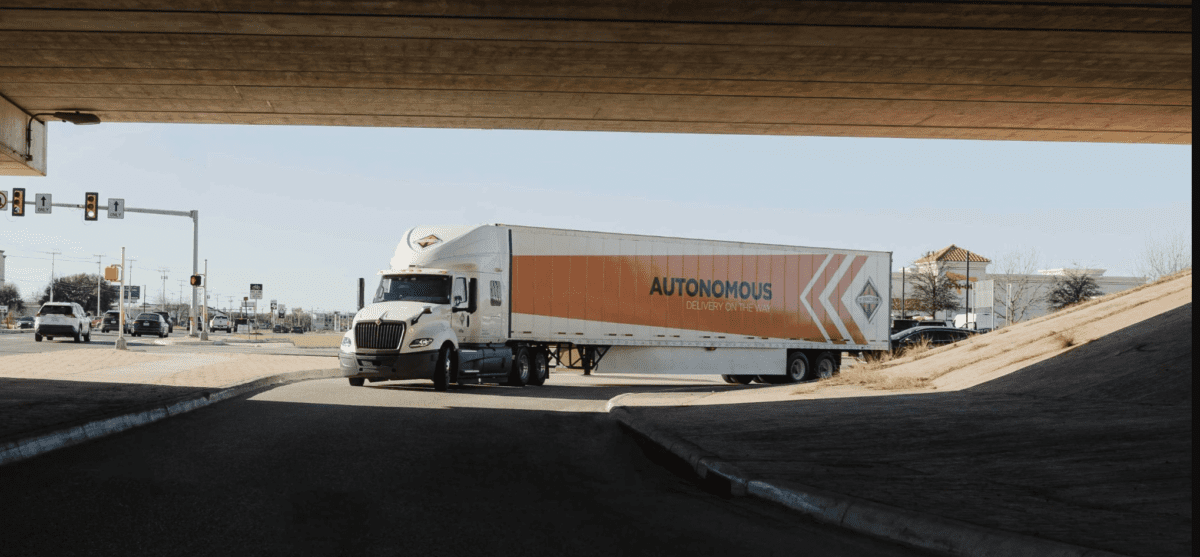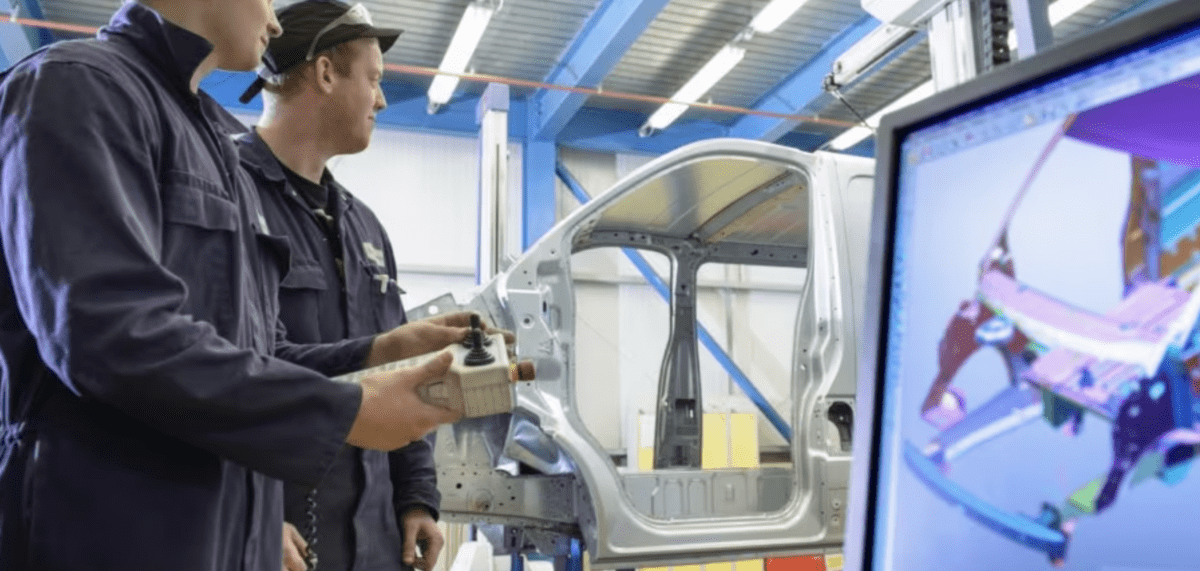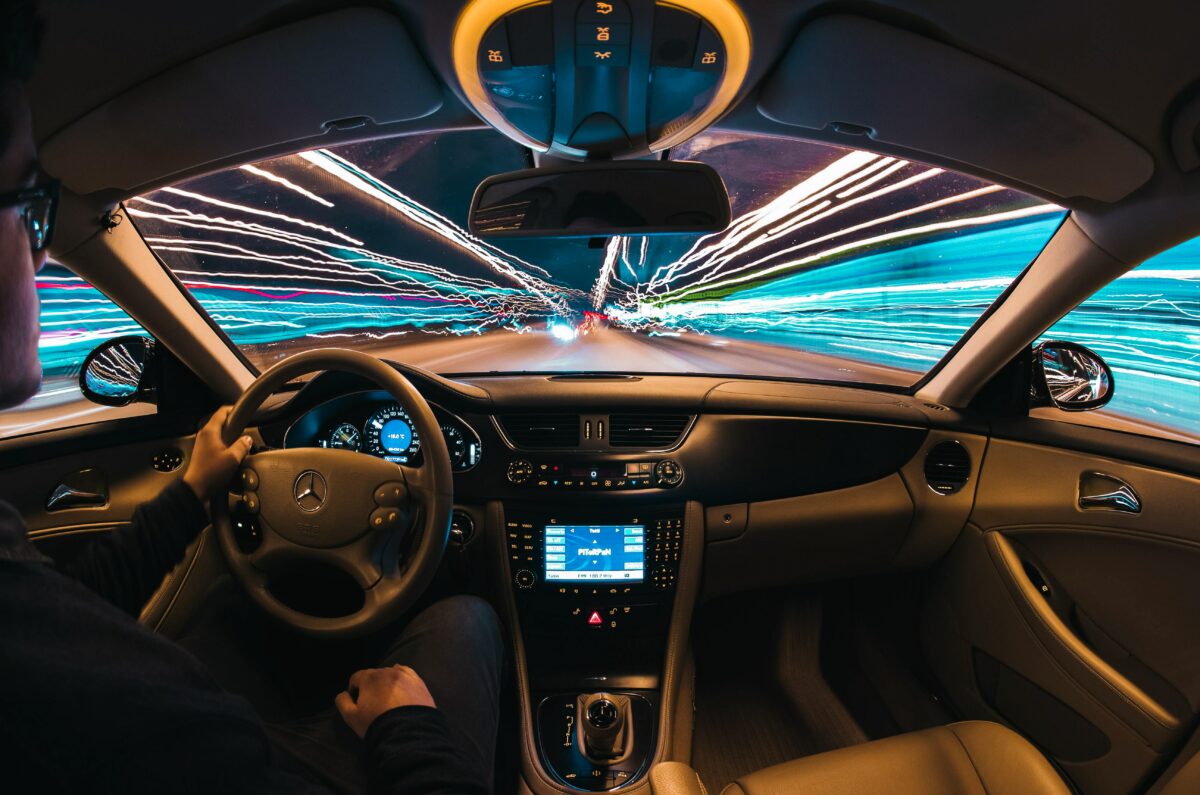As the world’s road networks and related systems become increasingly populated with autonomous vehicles and sensor systems supporting the Internet of Things (IoT), the industry needs to think about how data analytics are used to create safer journeys for all. Vehicle automation has been around for a while. The Sturtevant ‘horseless carriage gearbox’ automatic transmission unit for motor vehicles first appeared in 1904. Today vehicle automation is talked about in a new sense, namely driverless cars and the universe of IoT sensors installed around the world’s roadways to make journeys safer.
It’s now possible to use visual imaging technologies to detect and classify vehicles on a highway. Going deeper, data science can be applied to these image values to train statistical models and understand how different cars, trucks, motorbikes and vans etc. typically behave when travelling.
A new highway patrol
Using these information streams and the data models built with them allows for the scrutiny of driver behaviour to detect which vehicles are most likely to become wrong-way drivers, those who may be on the verge of a breakdown and—most crucially of all —those that are likely to cause accidents. As players start to process this information in real-time, they can create a new notion of highway patrol.
This is not just mission-critical information technology, this is life-critical IT
Many parts of European infrastructure are understandably ageing and need constant maintenance. A great example of new-era technologies being applied to existing infrastructure project management can be seen in work carried out by Autostrade per l’Italia. The organisation worked with real-time analytics technologies to examine how its road infrastructure was performing. Initially using a van to take pictures of joints on bridges and roadway structures, the team examined rust, corrosion, and stress levels to build a picture of the whole civil engineering installation environment.
Beyond human vision
By looking at a current snapshot of the status of the roads, the team were able to classify which areas of the installation needed immediate work and fixing—and, conversely, which could wait a little longer. But this was a task that stretched beyond the insight or capabilities that any one person or team could deliver. This was a job for artificial intelligence (AI).
This was not a case of AI being used to produce content as often now seen with generative AI; instead, this was AI being used in a more traditional but highly progressive way to recognise structural anomalies inside images. By applying the power of real-time analytics with AI image processing, the Italians are now able to save lives by identifying construction priorities and deciding where the most urgent points of intervention were. In other words, they are able to detect what human vision can neither see nor evaluate.
This whole project has relevance for use in other civil engineering applications such as water pipeline companies when examining the number of water leaks in a region. By combining this essential infrastructural data, organisations working in this space are able to further improve the capabilities of the real time data analytics working in unison with the AI engines in place.

In this case, a water company would be looking to understand that a normal flow rate for a water pipe might for example be five cubic metres of water. If that rate drops to one cubic metre in a specific area, the data analytics team is able to identify a potential leakage—and it’s all in real time, or in this case as fast as gravity, which is still pretty fast. This element of water flow analysis was centralised around safety for the road network in the first instance. But, additionally, it also extended to social issues in terms of local residents being able to have access to clean drinking water and sanitation etc.
AI can travel the long road
Because a highway is a large piece of infrastructure, it’s a tough—and in many places, impossible—job for a human to be able to focus on structural anomalies along the complete length of any given piece of road. But using a tracking vehicle capable of capturing images, the team was able to ingest a mass volume of information that could be processed in real-time to provide safety analysis of roads under repair and in ongoing normal operation.
When these data sources are dovetailed with information from IoT sensors placed across the road network, a roadways team can detect leaks, cracks, fissures and other issues; it can also start to develop an early warning system based on the ingestion of data into an AI engine that is trained to look for signs of wear and tear that ultimately lead to stress.
As teams start to map any given road network in this way, they can assign different values to roads based on their usage patterns. This means they would look at which kinds of vehicles would use certain roads at certain times of day, or certain times of week, month or year. This might uncover the presence of more trucks in winter when goods are brought up from the south of countries where the climate is warmer. Data teams might also accommodate for cases where some roads are used more on certain days if they lead to football stadiums (for example) and also combine those behaviour patterns with outliers and anomalies.
From mission-critical to life-critical
The case explored above depicts a scenario where operational teams have been able to achieve real-time acquisition of information, to then make use of real-time AI-powered data analytics and subsequently then perform real-time decision-making to take action and save lives. Any infrastructure that is subject to daily use in this way is subject to degradation over time. But the focus is on real world installations of civil engineering that are typically massive and have too many sides, shapes, internal components and operational mechanics for a human to be able to track effectively and therefore safely. This is not just mission-critical information technology, this is life-critical IT and it is now, thankfully, part of society.
About the author: Alessandro Chimera is Director, Digitalisation Strategy, at TIBCO, a business unit of Cloud Software Group



